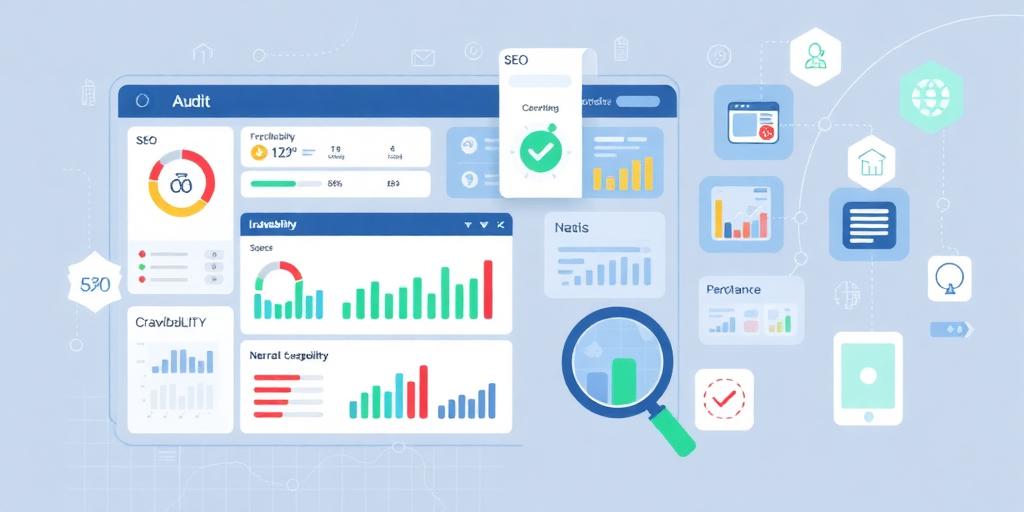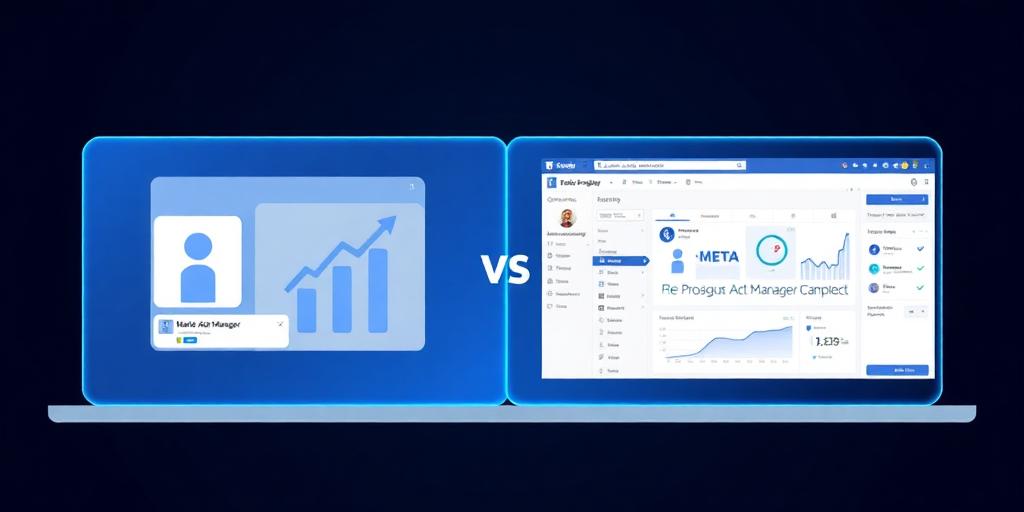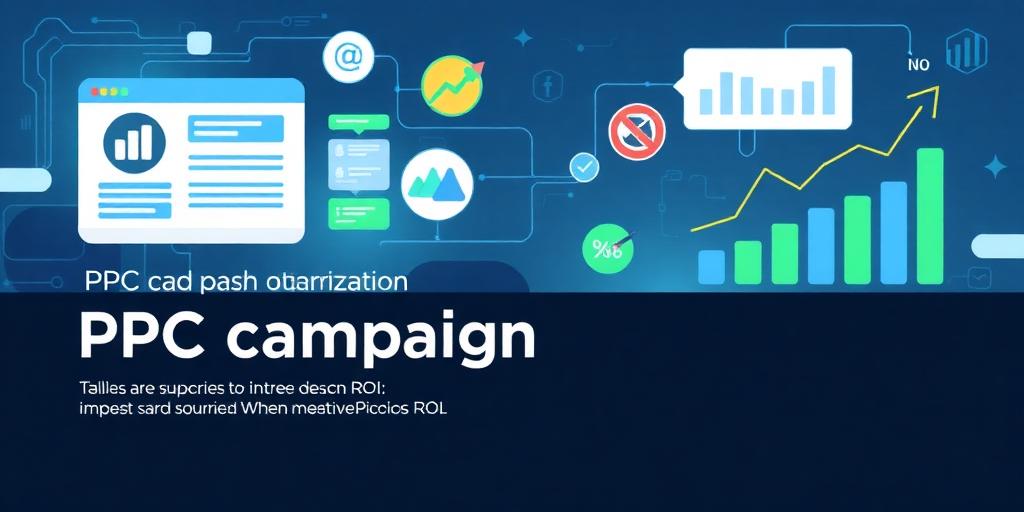How to Find Keywords That Actually Drive Traffic
In the ever-evolving landscape of digital marketing, keywords remain a cornerstone of search engine optimization (SEO). However, not all keywords are created equal. Identifying and targeting the right keywords can be the difference between a website that languishes in obscurity and one that consistently attracts high-quality traffic.
Understanding the Keyword Landscape
Keywords are the terms and phrases that users enter into search engines when looking for information. These queries can range from broad, generic terms to highly specific, long-tail phrases. Understanding the nuances of keyword types is crucial for effective SEO.
1. Head Keywords: These are short, generic terms with high search volume but also high competition. Examples include "cars," "insurance," or "recipes."
2. Body Keywords: These are slightly more specific, typically consisting of two to three words. They offer a better balance between search volume and competition. Examples include "used cars," "life insurance," or "easy recipes."
3. Long-Tail Keywords: These are longer, more specific phrases that target niche audiences. While they have lower search volume individually, their collective impact can be significant. Examples include "best used cars under $10000," "affordable life insurance for seniors," or "easy recipes for beginners with few ingredients."
Strategies for Identifying High-Value Keywords
1. Keyword Research Tools: Leverage tools like Google Keyword Planner, Ahrefs, SEMrush, and Moz Keyword Explorer to uncover potential keywords. These tools provide data on search volume, competition, and related keywords.
2. Analyze Competitor Keywords: Investigate the keywords that your competitors are targeting. This can provide valuable insights into potential opportunities and areas where you can differentiate yourself.
3. Understand User Intent: Consider the intent behind the search queries. Are users looking for information, products, or services? Tailor your keyword strategy to align with user intent.
4. Leverage Google Search Console: Use Google Search Console to identify the keywords that are already driving traffic to your website. This can help you optimize existing content and identify new keyword opportunities.
5. Brainstorm and Use Common Sense: Sometimes, the best keywords are those that come from a deep understanding of your target audience. Brainstorm potential search queries that your customers might use.
Implementing Your Keyword Strategy
Once you've identified your target keywords, it's essential to integrate them strategically into your website content.
1. Optimize Website Content: Incorporate keywords naturally into your website copy, including page titles, headings, and meta descriptions.
2. Create High-Quality Content: Develop informative, engaging, and valuable content that addresses the needs of your target audience. This will not only attract traffic but also improve your website's ranking in search results.
3. Build High-Quality Backlinks: Earn backlinks from reputable websites in your industry. Backlinks are a crucial ranking factor for search engines.
4. Monitor Your Results: Track your keyword rankings and website traffic regularly. This will help you identify what's working and what needs to be adjusted.
Conclusion
Finding keywords that actually drive traffic requires a combination of strategic research, competitive analysis, and a deep understanding of user intent. By implementing these strategies, you can optimize your website for search engines and attract a steady stream of high-quality traffic.









